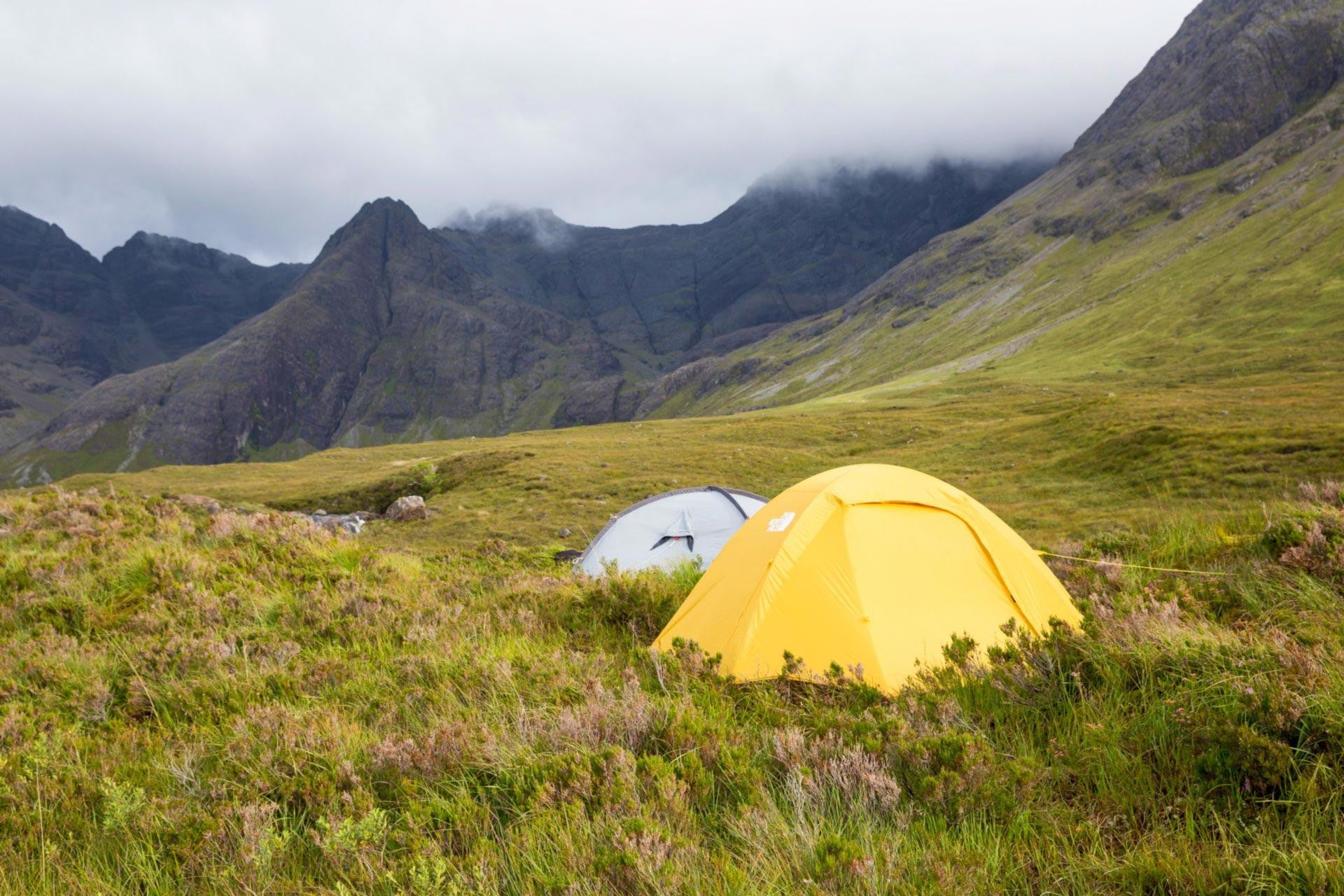
A Guide To Stealth Camping
Just what is stealth camping?
When most people think about camping, images of fields of white caravans and tents, arranged in a closely knit grid with people, melting ice creams, pets and children running amok. However, camping does not have to be like this.
Over the past 20 years, a new style of camping has gained momentum. Stealth camping, also referred to as wild camping, is when one goes into a "wild" or deserted location, far from the madding crowd. Once there, one pitches one's tent, hammock or other shelter and proceeds to enjoy nature "al fresco", as it was meant to be taken in.
This sounds great in practice but wild camping poses certain practical problems, which need to be addressed, before setting out. We will now have a look at how a successful wild camping trip could be planned and executed.
In much of the developed world (we will be using the UK as an example here), the majority of land is privately owned. Therefore, technically, you will need to gain the landowner's permission, to be able to stay overnight in most locations. There are some exceptions, namely Dartmoor National Park in Devon, where the right to camp overnight is entrenched in local bye law. Also, in Scotland, there is a right to wild camp on most "public" land above 500 metres sea level.
So, how does one start? Well, first, you will need to find a location that has "wild camping" potential. There are two or three ways this can be achieved. First, word of mouth! Join a club, look at social media sites and talk to people. This is probably the easiest and best way to find good spots. Second, go out exploring in woodlands, hills, moors, on the coast, lakes and valleys. You never know when you will stumble across a great wild camping location, hidden behind a thicket, hedge, coppice or rock outcrop. Finally, check google maps and google earth. Find your home on the map and then start zooming out until you find a suitably deserted looking spot. Try and find places as far away from paths, roads and buildings as possible. As well as finding remote areas, these programs will give you an understanding of the topography of the area, which in turn, will give you a better chance of finding a suitable nook. If you want to add a modern twist to your adventures, try plotting your new found location, on a GPS device. This is all the more advisable if your map reading skill are not up to scratch. That way, you will always have a good idea of where you are. We would recommend you plot the location of your vehicle or entrance point, so you can always get back to where you started.
Once you have found your spot, go there for a day trip if possible. This will enable you to scout out the area in the daytime, so there is less chance of any nasty surprises, just in case you have missed anything critical out on the map. Also, if possible, this will give you the chance of approaching the land owner. Personally, I have had varied luck with this direct approach but knowing you will not be kicked of the land at 2:30am is definitely reassuring and certainly more relaxing. A friend of mine used this approach and was actually given permission to camp AND shoot on the land! He has been going to the same spot for 6 years now! On the flip side, you could be told to get lost! In all honesty though, being upfront is generally the best policy.
Another way to wild camp is to employ full stealth mode. This involves not being seen, heard or smelt. An understanding of camouflage may also be useful. The motto is, arrive late, leave early and leave nothing but footprints i.e "leave no trace". This way, no one will be upset at you for trespassing on their land, no harm no foul. I have employed this strategy on many occasions and have usually been successful. However, on two occasions, I was in fact, approached by the land owner, early in the morning (I didn't leave early enough!). I had some apologising and explaining to do but both times, the situation was resolved amicably. Using my friendliest smile and an offer of a fiver, I managed to win them over and get them on side. This meant that no harm was done and we both went on our way, albeit in a slightly worse mood than before.
Do not let this discourage you! I have been on literally hundreds of wild camps over the last 10+ years and have only been explicitly asked to leave on two occasions.
Generally, the more remote the location, the less chance there is of being discovered. Not being discovered means a successful wild camping trip!
Good luck and happy camping!



